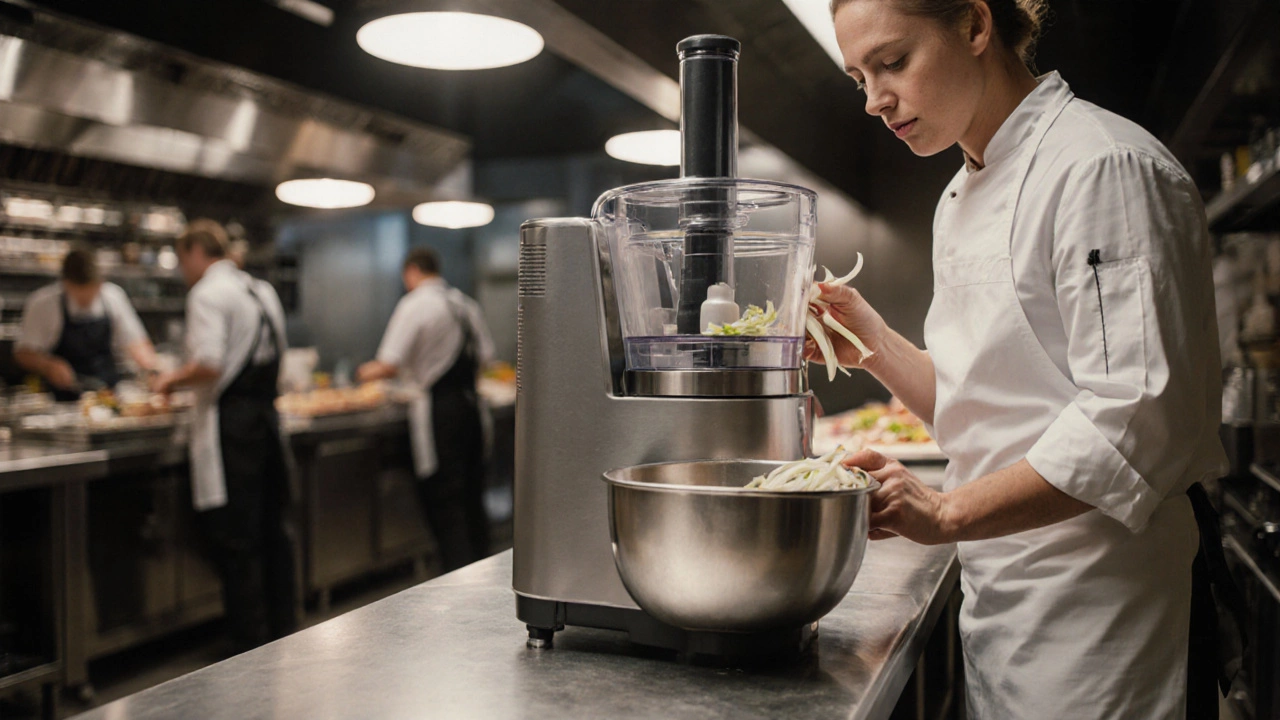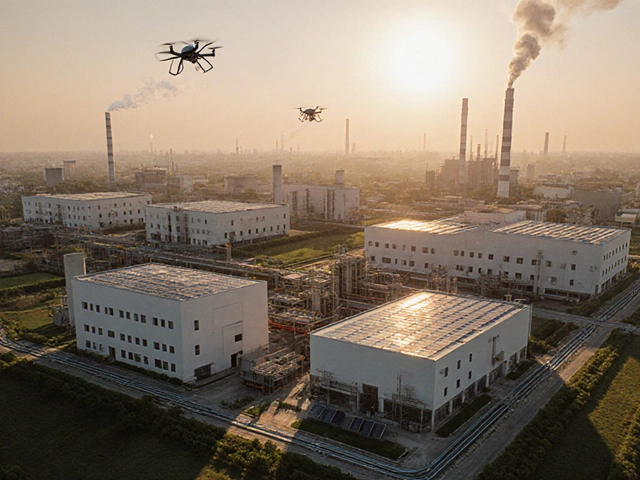Commercial Food Processor: What It Is and Why It Matters
When working with commercial food processor, a high‑capacity machine that mixes, chops, grinds and purees ingredients for large‑scale food production. Also known as industrial food processor, it sits at the heart of modern food factories and is essential for consistent, fast output. In short, a commercial food processor enables manufacturers to turn raw materials into ready‑to‑eat or ready‑to‑cook products without hand‑labor bottlenecks.
Every commercial food processor is part of a broader food processing unit, the collection of machines, conveyors and controls that transform raw food into finished goods. The unit requires reliable industrial kitchen equipment, such as mixers, ovens, packaging lines and cooling tunnels that work together to keep production flowing. When the processor runs smoothly, the whole unit runs smoother, which is why manufacturers treat the processor as a backbone component rather than an add‑on.
What really sets a commercial food processor apart is its compliance with food safety standards, guidelines like FSSAI, ISO 22000 and HACCP that dictate hygiene, cross‑contamination control and traceability. Those standards guide the design of the machine – stainless steel bodies, easy‑to‑clean interiors and sealed motor housings are not just nice‑to‑have; they are mandatory for passing audits. Ignoring them can halt production, attract fines, and damage brand reputation.
Choosing the Right Commercial Food Processor
Picking a processor isn’t just about horsepower. You’ll want to match capacity (liters per hour), motor speed, blade configuration and level of automation in food processing, features like programmable recipes, sensor‑based load detection and IoT connectivity that reduce manual oversight. Automation influences the processor’s efficiency and consistency – a fully automated unit can run 24/7 with minimal human intervention, while a semi‑automatic model may need an operator to load and unload batches.
Another key factor is the type of product you plan to handle. A processor designed for dough will have different blade geometry and speed ranges than one meant for fruit purees. Look for interchangeable heads, variable speed drives and easy‑changeover designs if you intend to switch between product lines. Maintenance is also a consideration: machines with quick‑release blades and self‑lubricating bearings cut down downtime and keep the whole food processing unit humming.
Finally, think about the total cost of ownership. The upfront price is only part of the equation; energy consumption, spare‑part availability and service contracts affect the long‑term bottom line. A processor that draws less power and comes with a local service network typically delivers a better ROI, especially when the food safety standards demand regular cleaning cycles that can add to the energy bill.
Below you’ll find a curated set of articles that dig deeper into each of these topics – from cost breakdowns of small factories to detailed guides on food processing units, safety regulations and automation trends. Whether you’re just starting out or looking to upgrade an existing line, the posts in this collection will give you practical insights to make an informed decision.
Do Restaurants Use Food Processors? Inside the Commercial Kitchen
Explore why and how restaurants rely on food processors. Learn about commercial models, safety, costs, and maintenance to boost kitchen efficiency.
Read More




